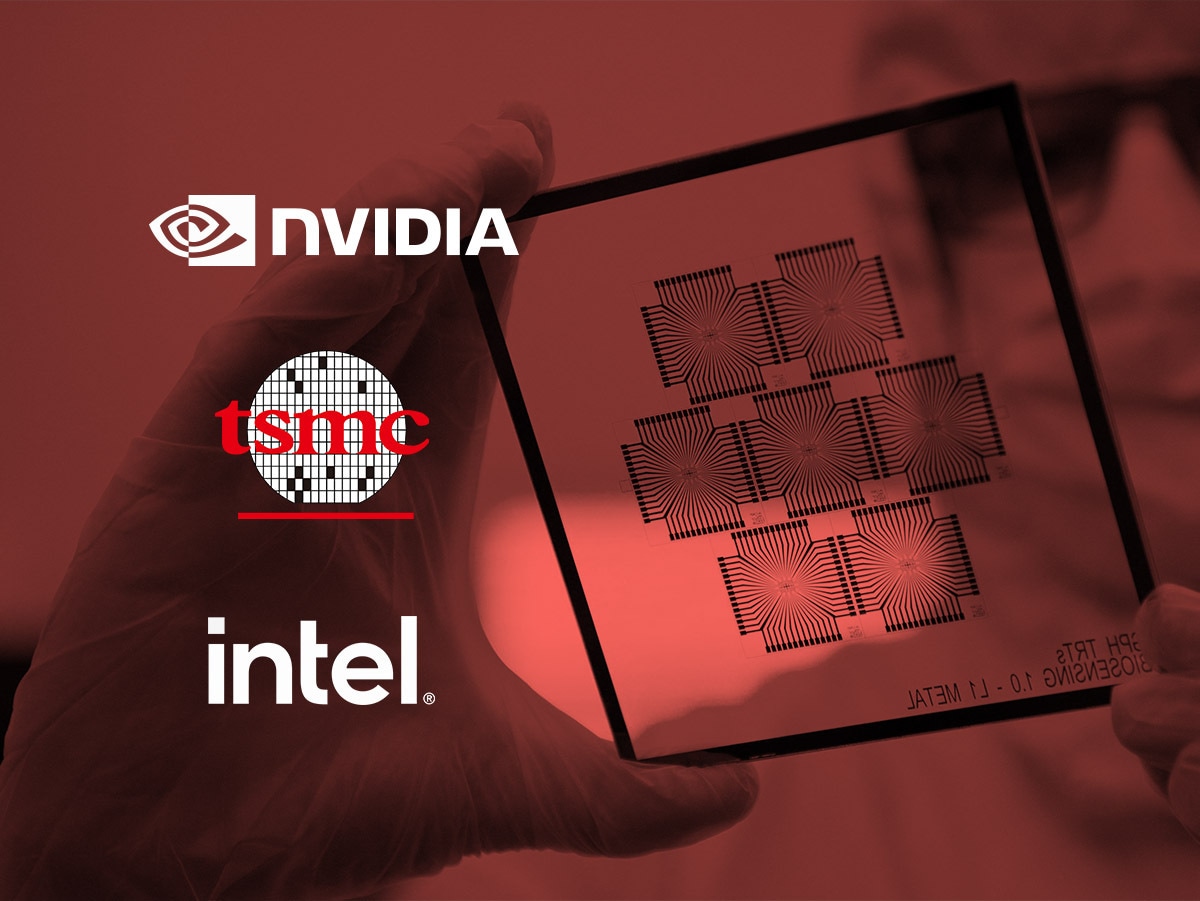Nvidia, Intel and TSMC, all big names in the semiconductor space, have been suffered due to current difficult macroeconomic environment. However, in the long-term, global spending on semiconductors is set to rapidly increase, and this bodes well for the future of these companies.
Semiconductor stocks have been battered over the past year, and the iShares Semiconductor ETF [SOXX] has fallen 34.9% from the start of the year to 13 July.
Nvidia [NVDA], Intel [INTC] and Taiwan Semiconductor Manufacturing Company [TSM] are three of the largest semiconductor stocks in the world. Due to inflationary pressures and the general sell-off in technology stocks, each of these companies has seen their share prices decline year-to-date.
For example, Intel, which is the largest semiconductor company in the world by revenue, has fallen 27.7% from the start of the year to 13 July. TSMC, which is headquartered in Taiwan, has sunk 32.4% in the same period. However, the worst performer has been Nvidia, which has dipped 48.4% year-to-date.
Intel: Longer-term struggles
Despite delivering the most robust performance year-to-date, Intel stock has also struggled the most significantly over the past five years. In fact, whereas Nvidia stock has soared 267.7% over the past five years and TSMC stock has climbed 124.2%, Intel stock has only delivered 7.3% to shareholders. As admitted by CEO Pat Gelsinger during a conference call in January 2022, this underperformance could have been driven by the fact that Intel’s data-centre processors hadn’t been improved in five years, which was “an embarrassing thing to say”. This means that Intel’s revenue growth has been very slow over this period.
Despite this, the group has held up better than other semiconductor stocks in 2022, after beating Q1 expectations on both the top and bottom line. It also noted that the group has made “several organisational changes to accelerate its execution and innovation by allowing it to capture growth in both large traditional markets and high-growth emerging markets”. Although this is likely to contribute to its forecast 3.8% fall in year-over-year revenues, it will hopefully have a long-term positive effect. The company expects 2022 revenues to come in at $76bn, down from $79bn in 2021.
Analysts are moderately confident about the future for Intel stock. According to Wall Street Journal, the company has nine ‘buy’ ratings, 23 ‘hold’ ratings and nine ‘sell’ ratings. Its median price target is $48, implying an upside of 29% on its 13 July closing price.
TSMC: Worrying price increases
There have been several factors that have beaten down TSMC stock recently. Firstly, some of its main customers, including Apple [AAPL], AMD [AMD] and Nvidia, are having to scale back orders. This means that TSMC may be forced to revise revenue guidance lower. At the same time, the Japanese chemicals company Showa Denko [4004.T], which supplies essential chip fabrication materials to TSMC, is raising prices further to help deal with economic challenges. This has already forced TSMC to raise its own prices, which may lead to less demand. In the event that higher prices cannot be passed onto its customers, lower profit margins are likely.
The group is still performing well, however. For instance, in the Q1 trading update, it reported revenues of $17.57bn, a 36% year-over-year increase. In Q2, it said net profit increased 76.4% to $7.92bn, a further sign of growth.
Analysts remain extremely confident about the future of TSMC stock. According to Wall Street Journal, it has 28 ‘buy’ ratings and two ‘hold’ ratings. The median price target is $120.25, implying an upside of 47.9% from 13 July.
Nvidia: Crypto struggles
Nvidia has underperformed both Intel and TSMC stock year-to-date, yet outperformed significantly in the past few years. This has been due to excellent growth, where revenues grew from under $10bn in 2018 to nearly $27bn in 2021. In the company’s most recent Q1 trading update, it was also announced that revenues climbed 46% year-over-year to $8.29bn. Excluding the acquisition termination charge resulting from the failed acquisition of Arm, net income also climbed 49% year-over-year to $3.4bn.
However, for the upcoming quarter, the group expects a revenue hit of around $500m, due to the Ukraine war and lockdowns in China. At the same time, crypto mining chip revenue is now “nominal”, following the severe drop in nearly all cryptocurrencies. This may be a factor to stunt growth.
Analysts remain extremely confident, however. According to Wall Street Journal, Nvidia has 32 ‘buy’ ratings, six ‘hold’ ratings and one ‘sell' rating. It has a median price target of $232.50, implying an upside of 53.3% on its 13 July closing price.
Disclaimer Past performance is not a reliable indicator of future results.
CMC Markets is an execution-only service provider. The material (whether or not it states any opinions) is for general information purposes only, and does not take into account your personal circumstances or objectives. Nothing in this material is (or should be considered to be) financial, investment or other advice on which reliance should be placed. No opinion given in the material constitutes a recommendation by CMC Markets or the author that any particular investment, security, transaction or investment strategy is suitable for any specific person.
The material has not been prepared in accordance with legal requirements designed to promote the independence of investment research. Although we are not specifically prevented from dealing before providing this material, we do not seek to take advantage of the material prior to its dissemination.
CMC Markets does not endorse or offer opinion on the trading strategies used by the author. Their trading strategies do not guarantee any return and CMC Markets shall not be held responsible for any loss that you may incur, either directly or indirectly, arising from any investment based on any information contained herein.
*Tax treatment depends on individual circumstances and can change or may differ in a jurisdiction other than the UK.
Continue reading for FREE
- Includes free newsletter updates, unsubscribe anytime. Privacy policy





